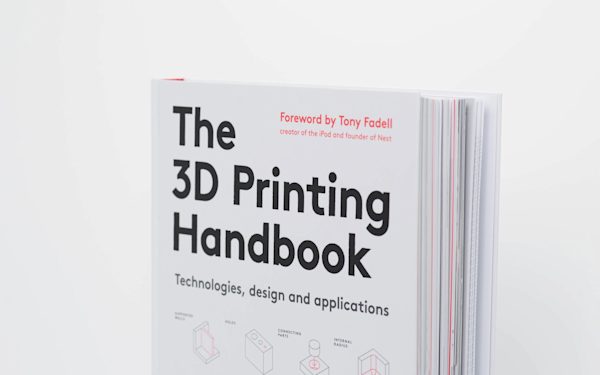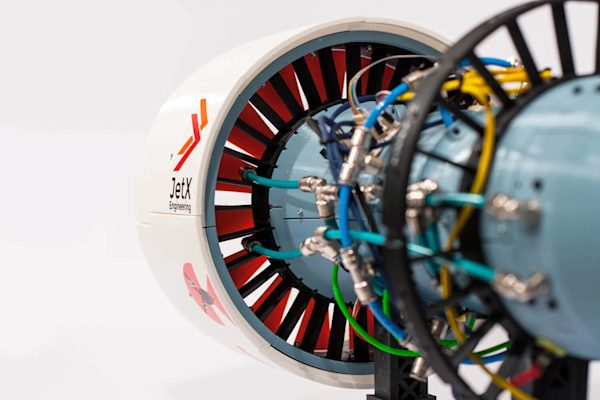Peak Additive LLC (an industrial service provider operating on Protolabs Network) have reinforced the growing interest in 3D printing by disrupting traditional manufacturing techniques. By offering a customer a unique material solution at a competitive price and fast lead time, Peak Additive were able to convert a client from injection molding to 3D printing.
Operating out of Denver, Colorado, Peak Additive produces rapid-prototyping and low volume production runs of plastic parts utilizing 3D Printing and Liquid Urethane Molding. Specialties include expertise with potting electrical components that can be used underwater and in high pressure applications.
Peak Additive actively uses Protolabs Network as a forum to generate business across the U.S. The ability to offer higher grade thermoplastics such as, Nylon 12 and PC with large build volumes and accuracy machines such as the Stratasys Fortus 380mc has allowed Peak Additive to appeal to commercial clients who utilize Protolabs Network.
The project began with SureFire Electronics approaching Peak Additive with a design for a cap that turns and locks into place over a USB insert. The cap is used to protect a USB flash drive on an outdoor electrical controller. Previously, SureFire Electronics the part was made via injection molding however the part was discontinued. 3D printing was originally considered because of the low number of parts needed annually (up to 200 parts per year). Owner of Peak Addictive, Fred DeSimone, explains:
“Injection molding was the customer's initial thought, but due to the build volume and speed of the printer, it was possible to make these parts using 3D printing. In the end, the customer did not have to purchase an expensive injection molding tool and wait weeks before the first run of parts were delivered.”
Due to the application of the part, high tolerances and a smooth surface finish were required. Even slight variations in the design would result in a part that would not fit as intended. Based on the geometric features of the cap, Peak Additive also needed to make sure the proper resolution was chosen in order for any features to be clearly defined.

Figure 1.1 - The details and features on the cap were easily reproduced using FDM printing
“The customer’s primary focus was to ensure the cap fit properly. Due to the accuracy of the Fortus 380mc, it held +/- .005” (0.127mm) on all critical dimensions. Through the Protolabs Network communication format, it was easy to have a back and forth conversation. This resulted in faster delivery of a high quality part for the customer. At the industrial level, this type of communication is integral to the overall process both for the customer and vendor.”
Initially, SureFire Electronics requested the component to be manufactured from Nylon 12. Experience with some of the engineering materials offered by the Fortus 380mc allowed Fred to offer a better suited alternative:
“Based on the annual usage, cost and overall performance (of the part), Peak Additive made the suggestion to switch material to ASA (Acrylonitrile styrene acrylate). ASA has one of the best finishes on the market for 3D printed thermoplastics, high accuracy, lower shrink rate and is UV stable, making it ideal for outdoor applications.”
The end result was a part that was suitable for SureFire Electronics with a lower price than the same part made from Nylon 12. Based on the quality of the prototype and cost per unit, Peak Additive have obtained the contract to produce 200 - 500 parts per year after the initial run of 150 is complete. The project also generated additional discussions with SureFire Electronics about other parts that can be produced using the same process.
 Figure 1.2 - Injection molding vs 3D printing cost and lead time comparison for the production of 150 USB caps
Figure 1.2 - Injection molding vs 3D printing cost and lead time comparison for the production of 150 USB caps
Total savings from 3D printing - $168 and 7 days lead time (not including the initial tooling cost for the injection molding)
 Figure 1.3 - The final caps printed from ASA via FFF. Image courtesy of Peak Additive
Figure 1.3 - The final caps printed from ASA via FFF. Image courtesy of Peak Additive
Start uploading your parts to the Protolabs Network platform to get an instant quote.








